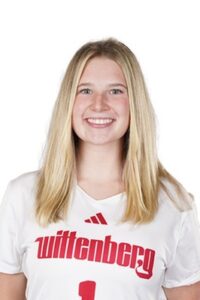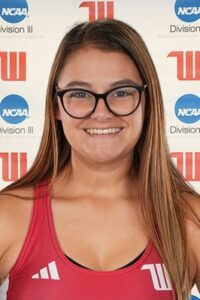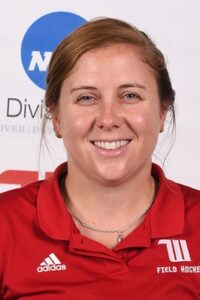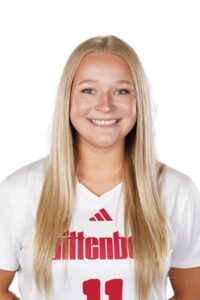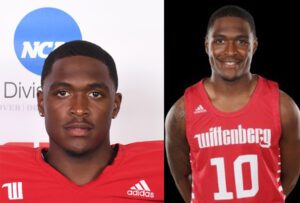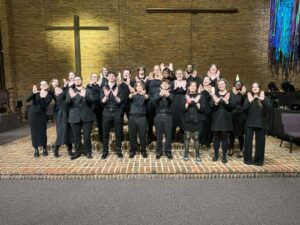My culture professor is a sweet, mild woman from Kilkenny. She’s friendly and says “lovely” a lot. So when she nearly dented a wall when showing us how to swing a hurl, I was a little surprised.
“I’m not very good!” she laughed. “I haven’t played in a long time.”
Then, she proceeded to whack the ball against the wall.
Her zest for Gaelic sports is quite typical of the Irish. Hurling and Gaelic football, the two main sports in the Gaelic Athletics Association (GAA), have held the hearts of the country since the GAA’s founding in the 1880s. Like most children in Ireland, my professor played on a youth GAA team as a child.
In a small town like Kilkenny, these sports groups are a center of social events for both children and adults. The community nature of these teams has created strong loyalty to local teams. Even at the professional level, athletes can only play for the county they live in and because they don’t get paid, it’s all about winning county pride.
The strength of this community pride has long been a feature of GAA teams. In fact, during the Irish Revolution, the British banned GAA games. Because of the strong sense of Irish pride that surrounded the games, the UK feared (and rightly so) that the Irish Republican Army organized their plans during hurling and football games. Hurling and Gaelic football soon became a symbol of true Irishness.
During the national hurling championship a few weeks ago, some friends and I sat in a pub to watch the game between Kilkenny and Tipperary. At every turn, the old men in the pub cried out and pounded their fists against the table, their eyes glued to the screen. As Kilkenny scored the winning goal, I could just imagine my culture professor shouting at the screen in excitement. Needless to say, she was very happy on the next day of class.
Despite county rivalry, Irish people share in their love of the games. Unlike stadiums for American sports, where preferential treatment is given to the home team, every GAA team in Ireland considers Croke Park in Dublin their stadium. Both sets of locker rooms are the same, the fans from either side intermingle in the stands, and after the game, the winning and losing teams utilize the same space to have a meal and relax. And because these players aren’t paid, one of them just might be your family doctor.
The community surrounding the GAA actually stretches internationally. Gaelic athletics clubs are scattered throughout Europe, Australia, Asia, Canada and the United States. Outside Croke Park, every club has a square with its emblem to represent the importance of every person who plays. So, if you ever get the urge, you can pick up a hurl yourself and see if you can best my professor.
